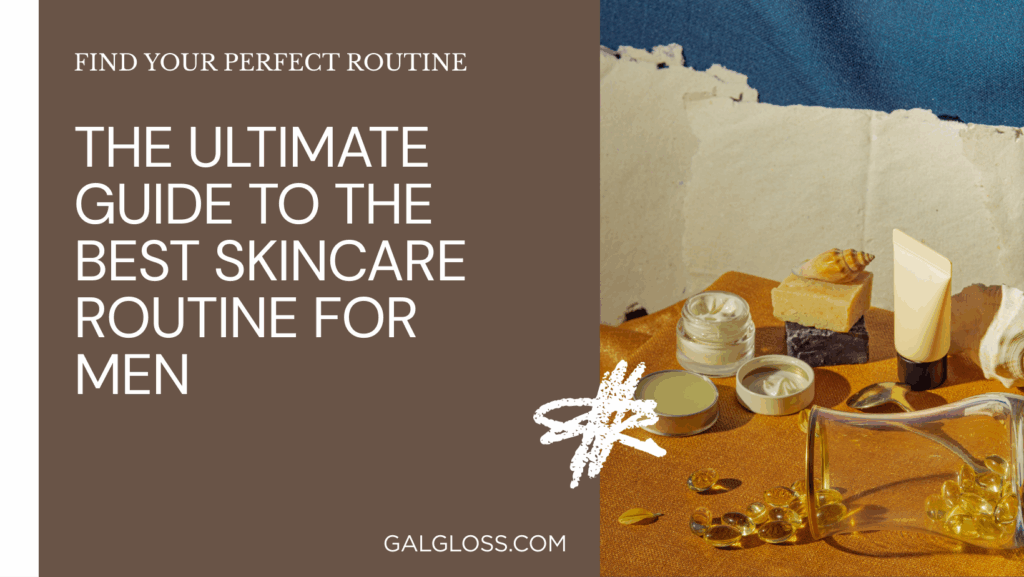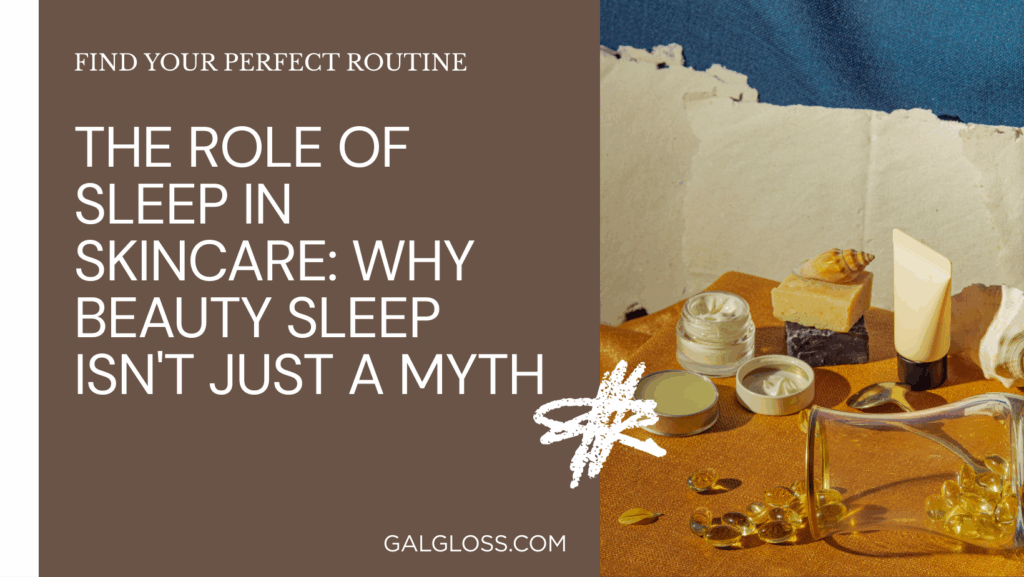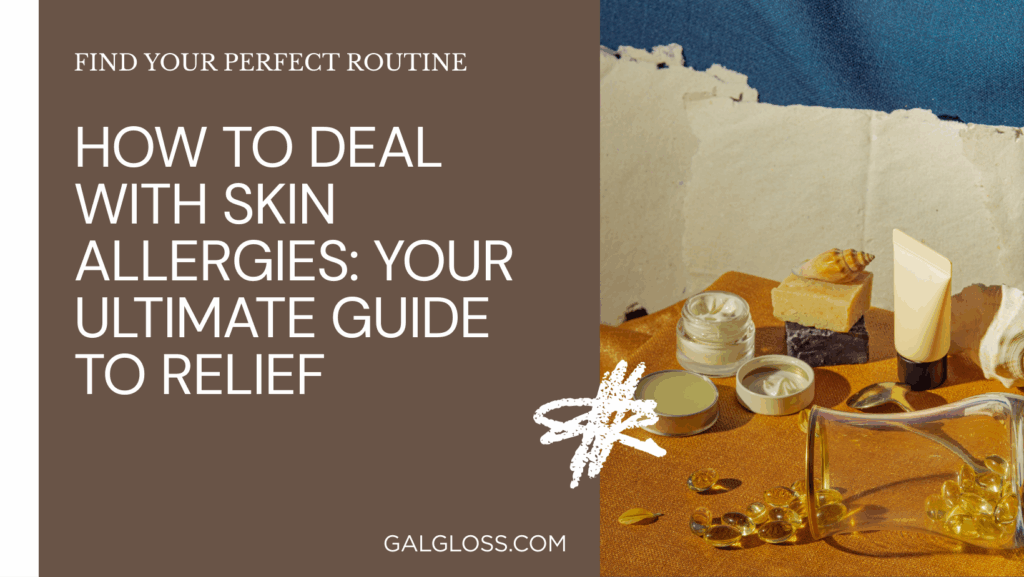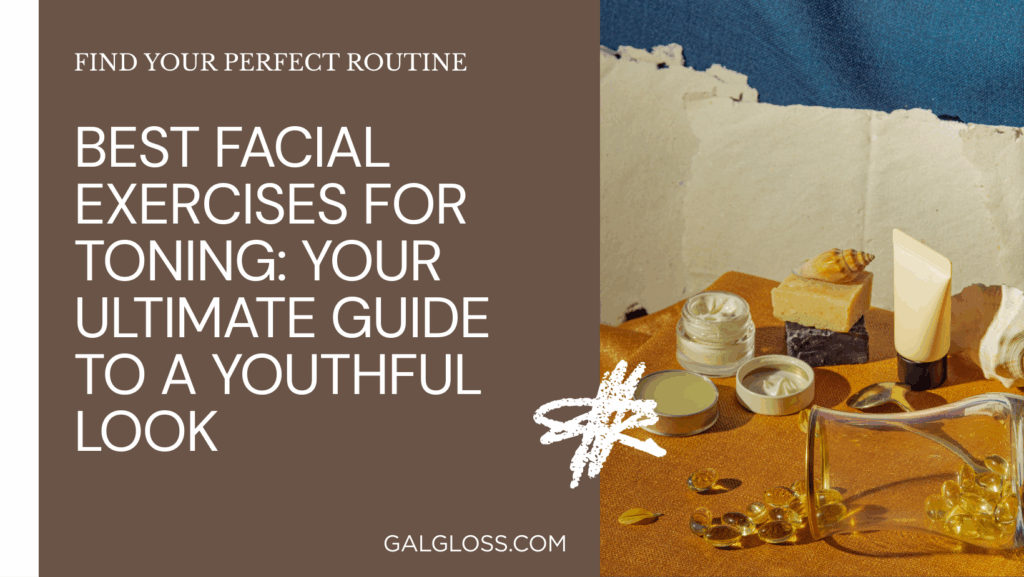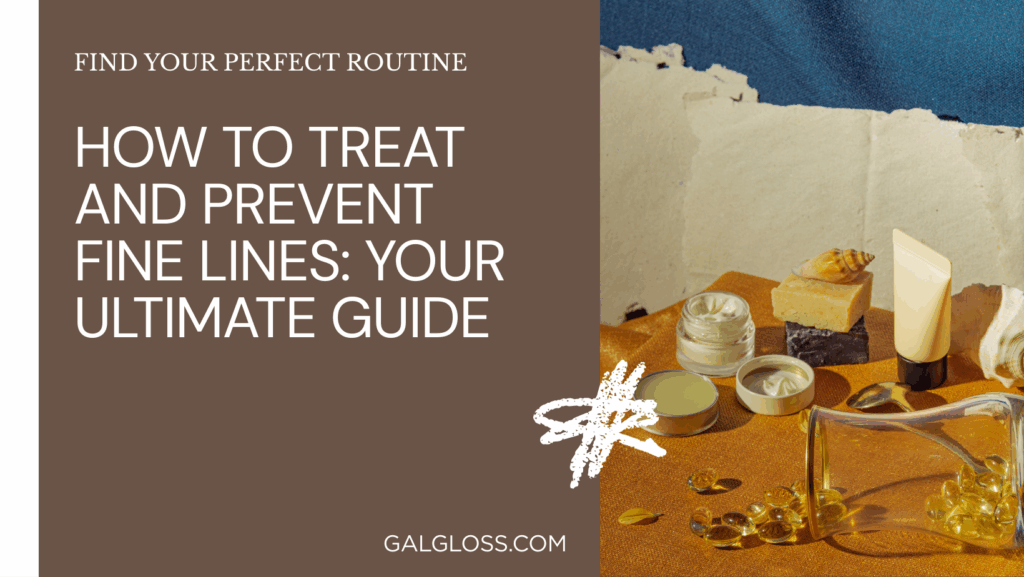Ever feel like you’re drowning in a sea of facemasks? You’re not alone. With so many options out there, it’s easy to get confused. But don’t worry – I’ve got your back. Let’s dive into the world of facemasks and figure out what’s what.
The Basics of Facemasks: More Than Just Face Fashion
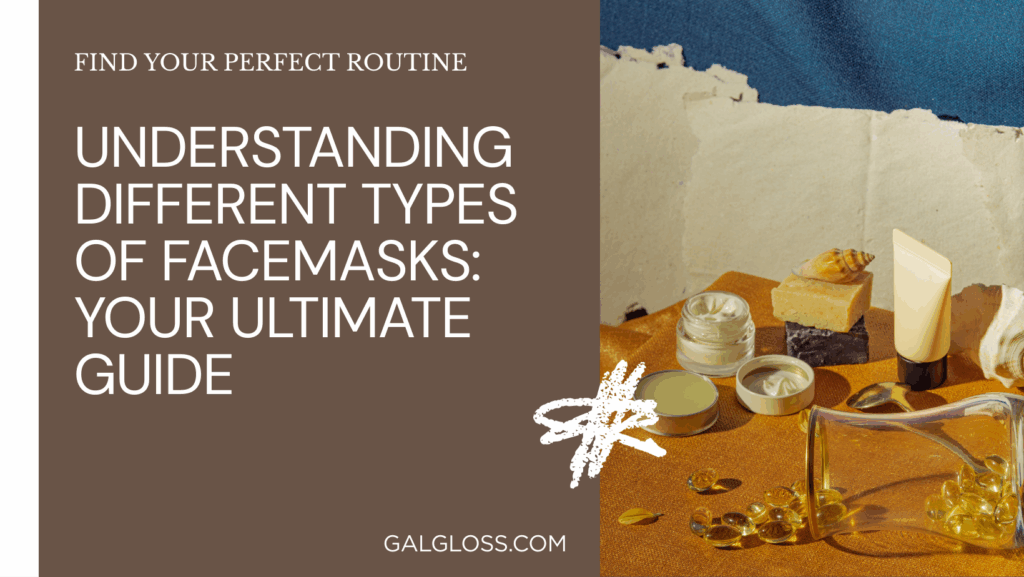
So, what’s the deal with facemasks anyway? At their core, they’re barriers that help keep nasty stuff out of your respiratory system. Think of them as bouncers for your nose and mouth – they’re there to keep the troublemakers (like viruses and bacteria) out of the party.
But how do they work? It’s all about filtration. Masks catch tiny droplets and particles before they can enter your airways. Some use physical barriers, while others rely on electrostatic charges to trap particles. Pretty cool, right?
Types of Facemasks: A Masked Parade
Cloth Masks: The Comfy Cousins
Pros:
- Reusable (Mother Earth approves!)
- Often more comfortable for long-term wear
- Can be fashion statements (masked and fabulous, anyone?)
Cons:
- Less effective than medical-grade masks
- Require frequent washing
When to use them: Running errands, low-risk outdoor activities, or when medical masks aren’t necessary.
Cloth masks are like your trusty old jeans – comfortable and versatile. They’re great for everyday use when you’re not in high-risk situations. But remember, not all cloth masks are created equal. Look for ones with multiple layers and a good fit.
Surgical Masks: The Medical Marvels
How they’re different:
- Disposable (one and done)
- Better filtration than cloth masks
- Fluid-resistant (goodbye, sneeze droplets!)
Best practices:
- Don’t reuse (seriously, just don’t)
- Make sure it fits snugly around your nose and cheeks
Surgical masks are the workhorses of the medical world. They’re designed to protect both the wearer and those around them. Think of them as a two-way shield. They’re great for situations where you need more protection than a cloth mask but don’t require the heavy-duty filtration of an N95.
N95 Respirators: The Heavy Hitters
What makes them special:
- Filter out at least 95% of airborne particles
- Tight seal around face (no party crashers allowed)
Who should use them:
- Healthcare workers
- People in high-risk situations
N95s are the superheroes of the mask world. They’re designed to create a tight seal around your face and filter out tiny particles. But with great power comes great responsibility – these masks need to be properly fitted to work effectively.
KN95 Masks: The N95’s Cousin
Comparing KN95 to N95:
- Similar filtration (when genuine)
- Easier to find for general public
- May not have as tight a seal as N95s
Are they right for you? If you can’t get an N95 and want more protection than a surgical mask, a KN95 could be a good middle ground.
KN95s are like the international exchange students of masks – similar to N95s but with a different certification process. They can be a great option for the general public looking for enhanced protection.
Choosing the Right Mask: Finding Your Perfect Match
Picking a mask isn’t like choosing a life partner, but it’s still pretty important. Here are some factors to consider:
- Level of risk: Are you a healthcare worker or in a high-risk environment? Go for N95 or KN95.
- Comfort: If you’re wearing it all day, comfort matters. Cloth masks might be your best bet.
- Fit: A mask that doesn’t fit well is like a screen door on a submarine – not very effective.
- Breathability: You need to breathe, after all. Look for masks that balance protection and breathability.
Remember, the best mask is the one you’ll actually wear consistently. It’s like exercise – the most effective routine is the one you’ll stick to.
Proper Mask Usage: The Do’s and Don’ts
Wearing a mask seems simple, right? Just slap it on your face and you’re good to go. Not so fast! There’s a right way and a wrong way to mask up.
Do’s:
- Wash your hands before putting on your mask
- Cover your nose and mouth completely
- Ensure a snug fit against the sides of your face
- Remove the mask by the ear loops or ties
Don’ts:
- Don’t touch the front of the mask while wearing it
- Don’t wear the mask under your nose (we’re looking at you, nose-peekers!)
- Don’t share masks with others
- Don’t wear a wet or dirty mask
Common mistakes to avoid:
- Wearing the mask inside out
- Constantly adjusting the mask (your hands are germ magnets!)
- Removing the mask to talk (defeats the purpose, folks)
Caring for Your Mask: Treat It Like Your Favourite Pet
Your mask works hard to protect you, so show it some love! Here are some tips:
Cleaning:
- Wash cloth masks after each use (hot water and regular detergent work fine)
- Disposable masks should be, well, disposed of after one use
Storage:
- Store clean masks in a dry, breathable bag
- Don’t stuff them in your pocket or purse where they can get contaminated
When to replace:
- If your mask is visibly dirty, damaged, or hard to breathe through, it’s time for a new one
- For disposable masks, one and done is the rule
The Future of Facemasks: Crystal Ball Time
Will we be wearing masks forever? While I can’t predict the future (my crystal ball is in the shop), I can tell you about some exciting innovations on the horizon:
- Smart masks: These high-tech wonders can monitor your breathing and air quality. It’s like having a tiny scientist on your face!
- Self-cleaning masks: Imagine a mask that cleans itself. Sounds like magic, right? Scientists are working on it using materials that can neutralise pathogens.
- Biodegradable masks: As mask usage has increased, so has mask waste. Environmentally friendly options are in development to help Mother Earth breathe easier.
- Transparent masks: These could be a game-changer for the deaf and hard of hearing community who rely on lip-reading.
- Custom-fit masks: 3D printing technology could lead to masks perfectly moulded to your unique face shape.
Will masks stick around post-pandemic? It’s hard to say for sure, but they might become more common in certain situations, like during flu season or in crowded public spaces.
Mask Myths: Busting Some Common Misconceptions
Let’s clear the air about some mask myths:
Myth 1: “Masks don’t work.” Reality: While no mask is 100% effective, properly worn masks do significantly reduce the spread of respiratory droplets.
Myth 2: “Masks cause oxygen deficiency.” Reality: Unless you’re wearing an airtight plastic bag over your head (please don’t), masks don’t significantly reduce oxygen intake.
Myth 3: “If I’m wearing a mask, I don’t need to social distance.” Reality: Masks are just one tool in the infection prevention toolkit. They work best when combined with other measures like distancing and hand hygiene.
Myth 4: “Masks weaken your immune system.” Reality: There’s no evidence that mask-wearing impacts immune function. Your immune system is tougher than that!
Masks Around the World: A Global Perspective
Mask-wearing isn’t just about health – it’s become a cultural phenomenon. In some Asian countries, mask-wearing was common even before the pandemic, often as a courtesy when someone had a cold or to protect against pollution.
Different countries have had varying approaches to mask mandates and recommendations. Some made masks mandatory early on, while others were slower to adopt widespread mask use. It’s been fascinating to see how different cultures have adapted to and sometimes even embraced mask-wearing.
Masks and Communication: Overcoming Barriers
Let’s face it – masks can make communication tricky. They muffle our voices and hide our expressions. But humans are adaptable creatures, and we’re finding ways to overcome these challenges:
- Speaking more clearly and loudly (without shouting)
- Using more hand gestures and body language
- Relying on eye expressions (smizing is now a crucial life skill)
- Using written communication when necessary
For those who are deaf or hard of hearing, mask-wearing has posed significant challenges. This has led to increased awareness and the development of clear masks and face shields to aid in lip-reading.
The Psychology of Mask-Wearing: More Than Just Physical Protection
Wearing a mask isn’t just about physical health – it can have psychological impacts too. For some, masks provide a sense of security and control in uncertain times. For others, they can cause anxiety or feelings of claustrophobia.
Masks have also become a form of self-expression. From fashion statements to political messages, people are using masks to communicate their personalities and beliefs.
Masks in Different Settings: One Size Doesn’t Fit All
Different environments call for different mask strategies:
Healthcare settings: The gold standard here is medical-grade masks like N95s, especially for those in direct contact with patients.
Workplaces: Requirements vary, but many offices opt for cloth or surgical masks. Some jobs with higher risk might require more protective options.
Schools: Balancing protection and comfort is key. Many schools opt for cloth or surgical masks, with special considerations for younger children.
Public transportation: Given the close quarters, many transit systems require masks, often specifying surgical masks or better.
Outdoor spaces: Generally lower risk, but masks might be recommended in crowded areas or during high-transmission periods.
Conclusion: Facing the Future, Masked and Fabulous
Whew! We’ve covered a lot of ground in our masked adventure. From the basics of how masks work to the exciting innovations on the horizon, we’ve unmasked the mysteries of these essential face accessories.
Remember, masks are just one tool in our health and safety toolkit. They work best when combined with other measures like hand hygiene, social distancing, and staying home when you’re sick.
Choosing and wearing a mask doesn’t have to be complicated. Find one that fits well, is comfortable, and provides appropriate protection for your situation. And hey, why not have a little fun with it? Express yourself with colours, patterns, or even a witty message.
As we move forward, masks may continue to play a role in our lives, whether for health, environmental, or cultural reasons. By understanding the different types of masks and how to use them effectively, we’re better equipped to face whatever challenges come our way.
So mask up, stay safe, and remember – behind every mask is a smile, even if you can’t see it. Here’s to a healthier, safer future for all of us!

